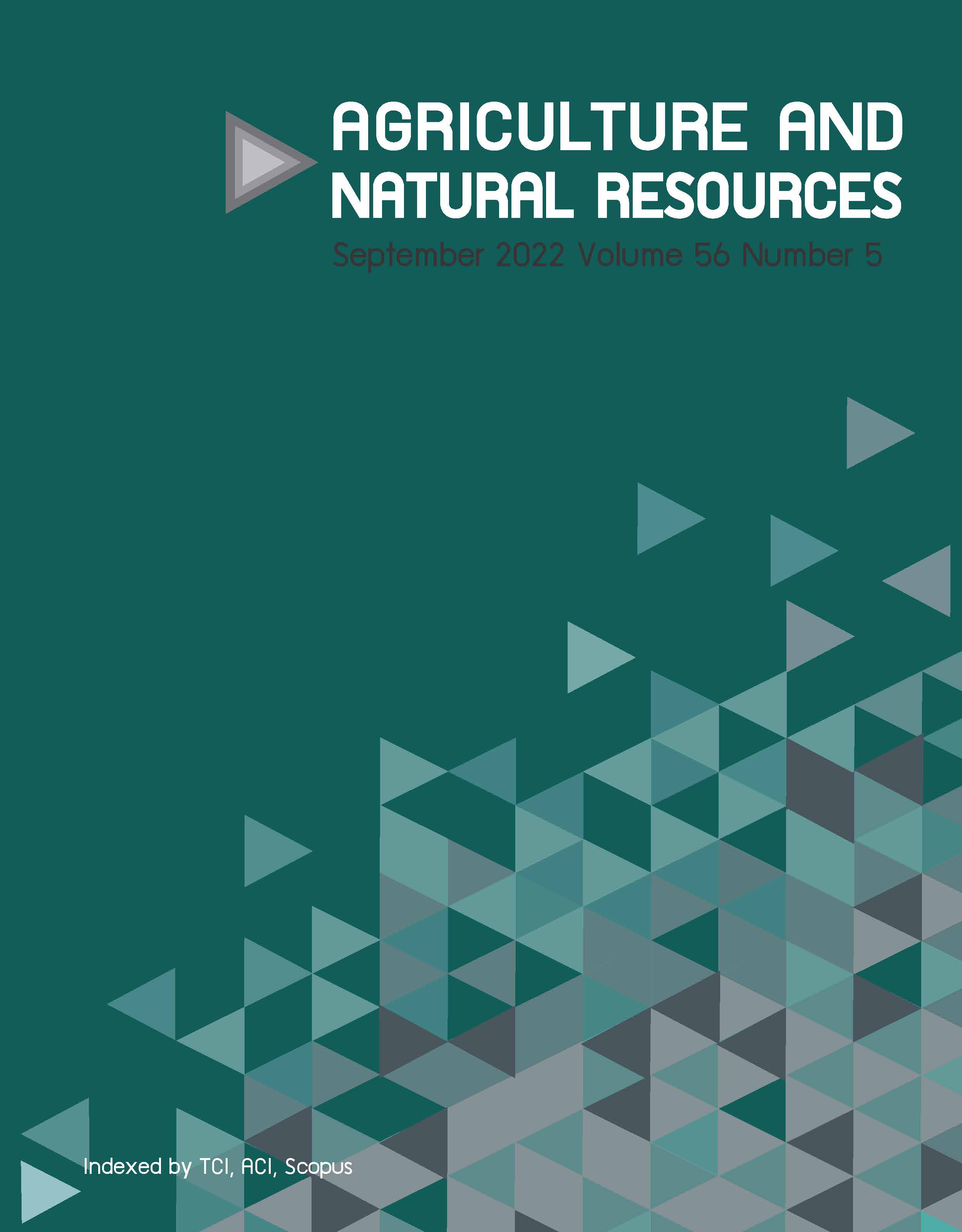Vermicompost in combination with Trichoderma asperellum isolate T13 as bioagent to control sclerotium rot disease on vegetable soybean seedlings
Keywords:
African nightcrawler, Athelia rolfsii, Biocontrol, Disease incidence, Soilborne diseaseAbstract
Importance of the work: Vermicompost is utilized as biofertilizer, especially in organic farming systems. It has potential for soilborne plant disease control but empirical studies are scarce.
Objectives: To test the effect of vermicompost from African nightcrawler in combination with Trichoderma asperellum isolate T13 on the mycelial growth of Athelia rolfsii in vitro and the incidence of sclerotium rot disease on vegetable soybean seedlings under greenhouse conditions.
Materials & Methods: Fungal confrontation assay using either vermicompost filtrate or in combinations with varied spore concentrations of T. asperellum isolate T13 was conducted to observe antagonistic activity against the mycelial growth of A. rolfsii in vitro. Vegetable soybean seeds were sown in the greenhouse in soil mixed with vermicompost and pathogen inoculum
(mycelia or sclerotia) to observe the disease incidence on the seedlings.
Results: For the in vitro bioassay, adding half the proportion of T. asperellum isolate T13 spores (1 × 108 spores/mL) relative to the total volume resulted in 80.4% inhibition of A. rolfsii diameter growth, producing the best antagonistic activity. Under greenhouse conditions, the soil amended with mycelial inoculum and pure vermicompost led to significantly lower disease incidence (19.7%) than for the pathogen-inoculated control (40.7%) and the mixture of vermicompost and T. asperellum isolate T13 (34.7%). However, no disease incidence was observed with soil amendment using vermicompost, T. asperellum isolate T13 and sclerotia.
Main finding: Vermicompost can be used as a bioagent for soilborne disease control, especially when combined with T. asperellum isolate T13, suggesting a strategy to prevent sclerotium disease incidence rather than trying to control actively growing mycelia.
Downloads
Published
How to Cite
Issue
Section
License
Copyright (c) 2022 Kasetsart Universityonline 2452-316X print 2468-1458/Copyright © 2022. This is an open access article under the CC BY-NC-ND license (http://creativecommons.org/licenses/by-nc-nd/4.0/),
production and hosting by Kasetsart University of Research and Development Institute on behalf of Kasetsart University.







